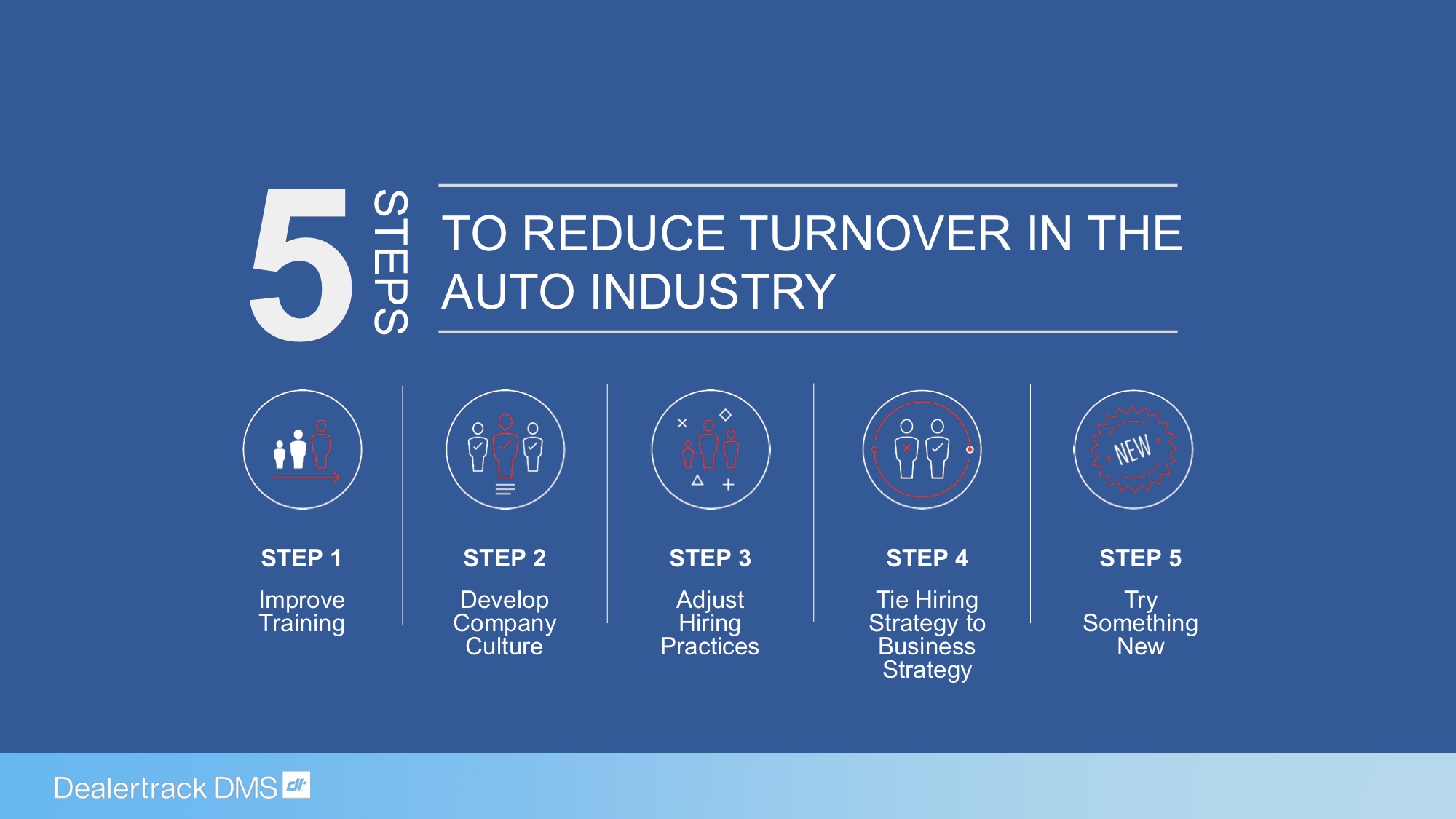Having trouble filling all the roles at your dealership? Then why are you ignoring the millions of applicants who want to work at your dealership? That might sound dramatic, but according to a report from the hiring and software consultants at Hireology, more than 11 million people applied for jobs at dealerships last year and were completely ignored or overlooked. So why is it still so difficult to find and keep top talent in the roles at your dealership? And, what can the technology driving your business do to help? Here’s what we’ve uncovered:
2020’s Many Challenges Are Making it More, Not Less Difficult
The figure mentioned above refers to pre-pandemic levels of job seekers who wanted to work at businesses in the auto industry. Back then, the unemployment rate was low. According to the Bureau of Labor Statistics, as of October this year, the unemployment rate is hovering around 7.9%. While that figure is improving, there are other factors that complicate the automotive industry. Record low vehicle inventory, high jobless claims, and auto loan delinquencies could signal the perfect storm for next year. And, according to Cox Automotive chief economist Jonathan Smoke in this article, “I think we’ve had a false sense of security that we are out of the woods.”
Technology is Key to Building the Right Team
When it comes to building the right team at your dealership, connecting the right people, tools, and processes is key. That’s according to Dealertrack DMS VP of Service and Support Mandi Fang. According to a Cox Auto Consumer and Dealer Survey, 75% of dealerships have adopted digital retailing within the past six months. Fang notes that this remarkable figure shows that “dealers across the country are building better digital retailing programs to reach, connect, and accommodate their consumers.” And, she notes, dealers should be actively hiring and recruiting candidates who are interested in working in an environment where they have the opportunity to work on digital technologies like the CRM, digital retailing, DMS, and others.
Focus on Your Dealership’s Hiring Velocity
Ideally, any problem that can be measured can be analyzed, broken down, and then fixed. We now know that the number of people looking to join the team at your dealership is, in fact, growing. And, you know that building a more digitized sales and service experience at your dealership creates an opportunity to attract a more tech-savvy workforce. So, what’s the next step? According to the 2020 State of Hiring Report from the experts at Hireology, it’s now time to speed up your job applicant review process. In that report, data shows it takes 54 applications on average to make a hire at most dealerships. Yet, many applicants can go weeks without having their resume or application reviewed. By simply committing to a 24 hour application review process, your hiring managers can reduce the process from 14 days to just 9. This hiring velocity metric is simple, measurable, and will result in actual profitability for your business.
Don’t miss out on the millions of millennials actively seeking out opportunities to work at your dealership. Now that your digital dealership is up-and-running smoothly, put the right people in place.
Learn more best-practices: Get the Guide today.













